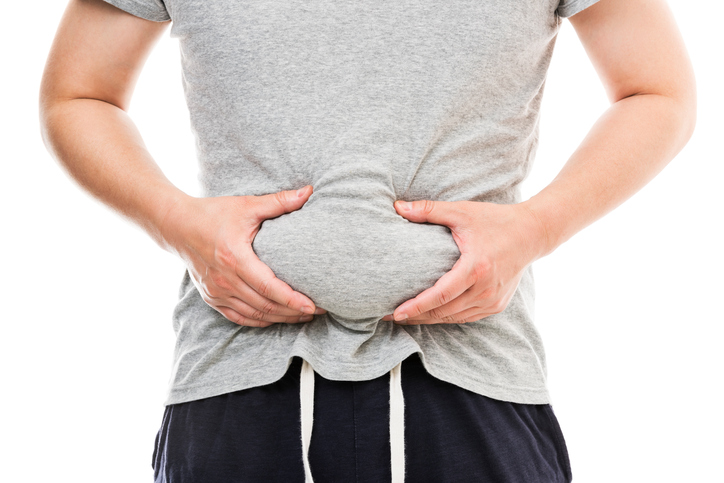
When we lose weight, where does it go?
Hands up if you know where all the fat goes to once you’ve lost it off your bod? Anyone?
Well, if you don’t know, you’re not alone. In a recent survey, 98% of health professionals couldn’t explain where it went to either!
The most common theory has always been that fat is converted into energy, but that’s not the case. It’s not put on as muscle, and it doesn’t disappear down the porcelain chamber either. So where does it actually end up?
It might surprise you to know that fat is mostly converted into the carbon dioxide we breathe out through our lungs. For every 1kg of fat, 840g is exhaled as carbon dioxide and the remaining 160g is converted into water as urine or sweat.
In fact, just about everything you swallow (except for dietary fibre) gets vaporised. Zapped just like that!
So can simply breathing out more reduce weight?
Sadly, no. You can only increase the amount of carbon dioxide exhaled by the body by moving your muscles. But this can be as simple as walking, gentle stretching, housework or gardening. Anything which means your body is moving rather than sedentary. Even showering, getting dressed or playing a musical instrument counts!
If you’re not ready to face the gym, ride a bike or go for a run anytime soon, start slowly and build up to it gradually. Go on, stretch those arms, stretch those legs and get that body moving, baby.
Pssst! One sneaky upside of the carbon dioxide weight loss revelation? An average weight Aussie will breathe out about a quarter of their daily carbon dioxide while they’re asleep! #winning
So the mantra ‘energy in, energy out’ is a misconception. It would be better represented by saying ‘eat less, move more’. That way you’ll make sure you’re exhaling more carbon dioxide than what you’d usually produce without even thinking about it.
WORDS: Karina Eastway






